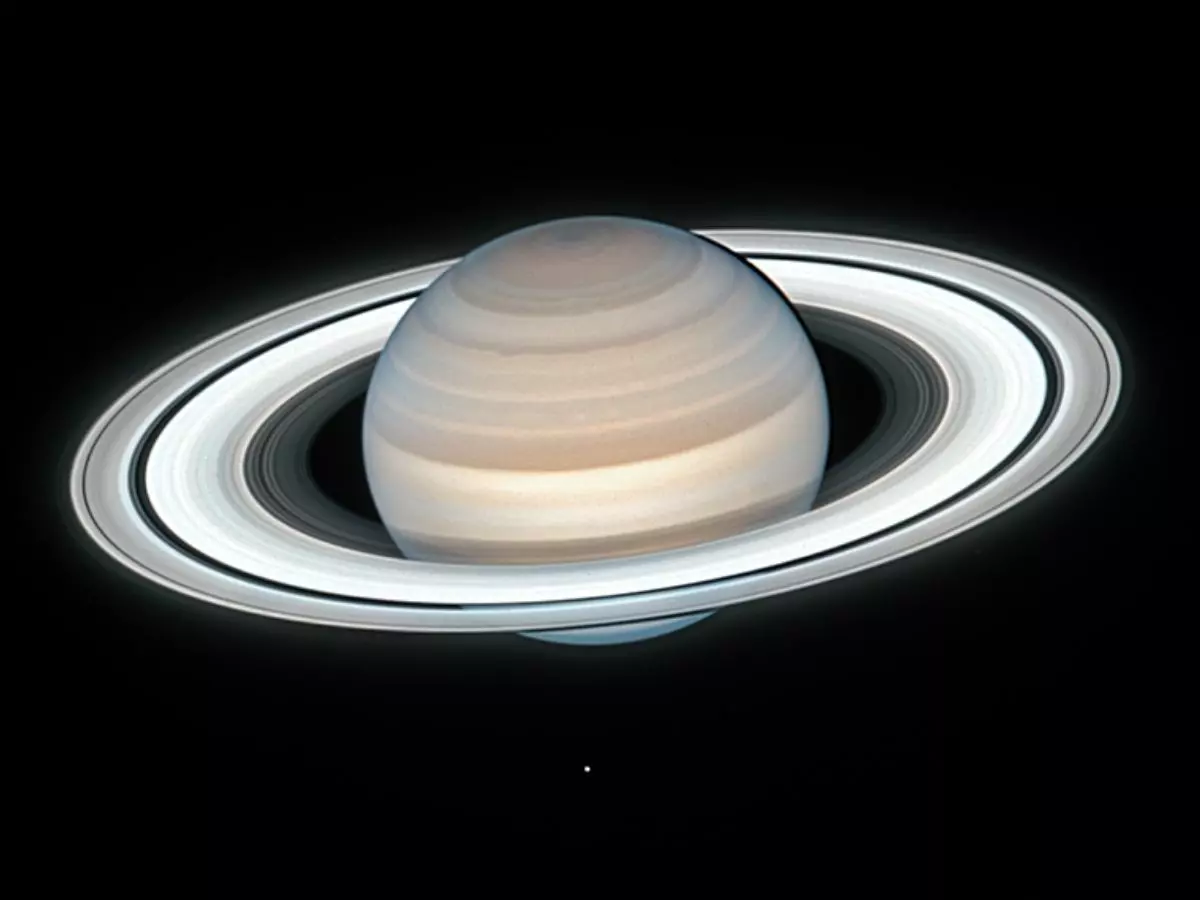Hubble Telescope Captures Stunning Picture Of Saturn's Summer After 30 Years
Hubble Telescope captured one of the best images of Saturn ever after 30 years.

Of all the eight planets (sorry, Pluto) that exist in our solar system, the one that has always truly mesmerised us is Saturn.
Saturn, with its spectacular rings consisting of ice and rocks, when seen from afar looks beautifully amazing.
 NASA Hubblesite
NASA Hubblesite
Over the years, we¡¯ve seen the massive ringed planet in several unique avatars, each image showing us Saturn's different facets. However, the most recent one captured by the trusty Hubble telescope surely makes it one of the best pictures of Saturn ever captured.
The image was shared by NASA that showcases the planet Saturn during its ongoing summertime after 30 years. Yes, just like Earth, Saturn too has various seasons (since it is also tilted at its axis as Earth. Remember those geography lessons on seasons?), depending on how close or far it is orbiting from the Sun.
However, the frequency at which seasons change on Saturn is far lesser than Earth¡¯s. The time Saturn takes to make one round, Earth has already done 30 -- so yeah, Saturn is pretty slow that way. This is because Earth is closer to the Sun, ten times closer than Saturn, so Earth has more gravitational pull towards the Sun overall.
The image showcases the planet in all of its awesomeness. NASA researchers state subtle differences in the Saturn¡¯s surface from earlier observations including a reddish haze in the northern hemisphere, probably due to the summer heat and harsh sunlight causing either change in the atmospheric circulation or perhaps remove ices from aerosols in the atmosphere.
The image also showcases Saturn¡¯s icy moons are clearly visible in this exposure: Mimas at right, and Enceladus at the bottom.
"It's amazing that even over a few years, we're seeing seasonal changes on Saturn," said lead investigator Amy Simon of NASA's Goddard Space Flight Center in Greenbelt, Maryland.
NASA also points out that the origin of the rings of the majestic planet is still a mystery.
 NASA
NASA
It states, ¡°Conventional wisdom is that they are as old as the planet, over 4 billion years. But because the rings are so bright ¨C like freshly fallen snow ¨C a competing theory is that they may have formed during the age of the dinosaurs. Many astronomers agree that there is no satisfactory theory that explains how rings could have formed within just the past few hundred million years.¡±
